Kasandra Gruener, OBT’s Director of Education and Outreach, is celebrating her 40th year of teaching dance. She sat down with OBT teaching artist Brook Manning to discuss a career that has touched over 20,000 students.
“I started dance when I was 5 in Astoria, Oregon. At the time I studied ballet, tap, jazz and hula. Then my family moved to Salem and I started studying in Portland – exclusively ballet – when I was 10. I left Portland and went to Mills College and that’s when I switched over to modern.
“When I went to Mills I was taking dance and studying in San Francisco with Margaret Jenkins. Ultimately I joined her company. During that time I got to study with some really wonderful people. Specifically, I spent summers dancing with Merce Cunningham and people who danced in Merce’s company like Viola Farber and Carolyn Brown. I did Graham technique as well with some people who were 2nd generation Graham dancers. I did a little bit of Limon work but I really liked the clarity and articulate, structural and cerebral aspects of Cunningham work. It was a natural outgrowth from the ballet work that I had been doing. I loved studying all the old modern dance idioms – Humphrey and Weidman. I did do some pieces that were choreographed by Doris Humphrey. And I loved thinking about Isadora Duncan. I loved all that early modern dance, all that really expressive Hanya Holm work.”
Asked how she transitioned into teaching dance, Kasandra responded, “I think I always was a teacher. When I was a little girl I was teaching everybody stuff. I’d get the dolls all lined up and I’d teach them things. I’d get the chalkboard and they would all be taking class. And I was always making up dances. I just remember having a couple of funny experiences in my life where I thought I was being so avant-garde and crazy, like ‘I could create a dance to Scheherazade!’. I would put music on, on this little record player. And I would dance around in the living room of this farmhouse that we lived on in Astoria when I was little.”
Kasandra’s first professional teaching opportunity came at 17 when she was offered the chance to take over a dance school in Albany, OR. “I started teaching and running my own business by my senior year. I had two evenings of classes a week and two or three classes on Saturday. And I had an accompanist. And I mopped the floor and cleaned the bathrooms and did the bookkeeping. I did the whole thing and I even made some money to help me start college.”
It was the following year that Kasandra moved to the Bay Area to attend Mills College on a nearly-full scholarship. She continued teaching ballet, creative movement and aerobics at community centers, schools and Mills’ Summer Arts Camp. While studying at Mills’ Dance Department Kasandra found new ways of approaching dance and carried this into her teachings: “Because I was in this modern program I was very inspired by the expansion of the kinds of movement ideas. That it wasn’t just technique class. It was technique but also pushing creative processes, imagining movement, moving in new ways, like moving in parallel and including spinal contractions, or trying to express something with your body in a thoughtful way.”
While studying at Mills in 1976, Kasandra was hired to go across the country to teach dance for the NEA. “There were Artist-in-Schools residency programs that took professional dancers and brought them into schools all over the country. So I went to Elkhart, Indiana, and Aberdeen, South Dakota, and all these crazy places. We were in Aberdeen, South Dakota in January. The snow goes horizontally! We would go and dance all day in a school. At the time it was just grueling to me, and now I do it all the time.”
Having graduated with honors from Mills, Kasandra eventually declined a teaching assistantship in UCLA’s Graduate Dance Program in order to join San Francisco-based Margaret Jenkins Dance Company. “I saw myself now as a performing artist as well as a teaching artist. I taught at the MJDC studio and later at the New Performance Gallery when MJDC joined with Oberlin Dance Collective.
“Interesting side note: My husband and I, my boyfriend at the time, decided that we would get married. We didn’t have any money so we got married on the gala day commemorating the opening night of the New Performance Gallery. We got married that morning so I had time to get ready for the performance that night. Our plan was that all our friends could be at the gala so they could all have champagne and that would be our party. That was our wedding reception. We’ve been together 32 years since then.”
In the late 70’s and early 80’s, when modern dance classes were largely geared towards adults, Kasandra worked to develop dance classes created specifically for children. Eager to draw students from the local community into her classes, Kasandra offered to teach introductory classes at a local inner-city school and was soon offered a teaching position there. “I started looking for more of those kinds of environments. I was dancing in the company, but I invented this additional workload which was teaching in these places, schlepping, in those early days, a little record player and vinyl records, dance records, all kinds of weird records.”
Having performed for many years and ready for a change, Kasandra and her husband began their family. Children in tow, she expanded her teaching. When the family was ready for another change, they moved to Portland in 1989. Two years later she began teaching for OBT ‘s Education & Outreach program. “I taught many, many, many hours in Outreach. We had a lot of classes out in Washington County, as far away as Cornelius in those days. And I did all the Albina Headstart program classes. In the early 90’s there were about 9 classrooms. We are now up to 34 classrooms. When I became the Director of Education at OBT I gave those classes to Hannah Downs, another teaching artist. Now two teaching artists have taken over the teaching of those classes.
“I started to focus on the manner in which the classes were taught and the ways in which children would relate to each other in class. I didn’t just teach dance techniques. I started teaching ways to work together, still spending a lot of time on dance ability, but thinking about this dance class as a time to allow kids to get to know themselves a little better and to be expressive, communicative people. I began to get interested in engaging the schoolteachers in the process, so that I wasn’t just the one teaching; the teacher in the school in the classroom was always a part of it, always encouraged to dance. It wasn’t that the teacher could go away. That way it wasn’t just based on me, but it was based on teachers learning from me so that they could include dance along with their academic work.”
Always open to fresh inspiration and with an interest in better communication with educators, Kasandra attended Naropa University. There she studied ancient Tibetan and alternative teaching models from around the world. She completed her thesis on “the fact that dance provides an opportunity to help kids become more whole and explore feelings of wholeness while they’re in education…That has really supported the approach that I bring to the teaching that I do.” She received her MA in Contemplative Education in 2006.
“When I started teaching, I started with the idea that I wouldn’t hurt anybody. And I started with the idea that I would be a positive influence while they became better dancers. I have kept to the same basic premise: I would help students have a better relationship with themselves and with others; to become the best person that they could be. That means asking them to get connected to themselves. Dance has that opportunity to get kids into their bodies…This is my 40th year of doing that and I am still extremely inspired to do this kind of work.”
When asked if she had any favorite stories to share, Kasandra responded, “One of the things that actually inspired me to keep teaching was that I realized that while I was teaching, I was the most connected to myself. Dancing is the most me I am…I had felt fabulous as a performer and I missed performing. But when I started teaching I started to admit to myself that this was wonderful and that I had to get over my attitude that I really wanted to be on stage. This was also a stage. It was just a much more special audience. You have to allow yourself to be kinesthetically connected to your students, like you do when you’re performing. That’s what felt gratifying for me.
“One time I was in this kind of tougher school, a Catholic, inner-city school in San Francisco. I had created a dance about leaves falling in the autumn, and at the very end all the children are on the ground and it’s very quiet. And most of the time if I could keep it together I would just wait. I would hold the space. I was really letting myself listen to the timing. I could feel the energy slowly come down and they were all quiet. The entire classroom of children was just totally ‘in it’. And right when I sat up and said to the class, “That was absolutely amazing”, this Sister Alicia, a big, strong nun, stood up and said to the teachers, “Did you hear that? Did you see that? That’s what I’m talking about. That’s a religious experience!” And she turned around and walked out the door. And she was right. That is what it feels like to me. That’s why I do it. This is the way I’m connected to people and this is how I express what I think is important in the world. And I think that’s why I can still do it. Because it isn’t something I put on. Dance is what I am.”
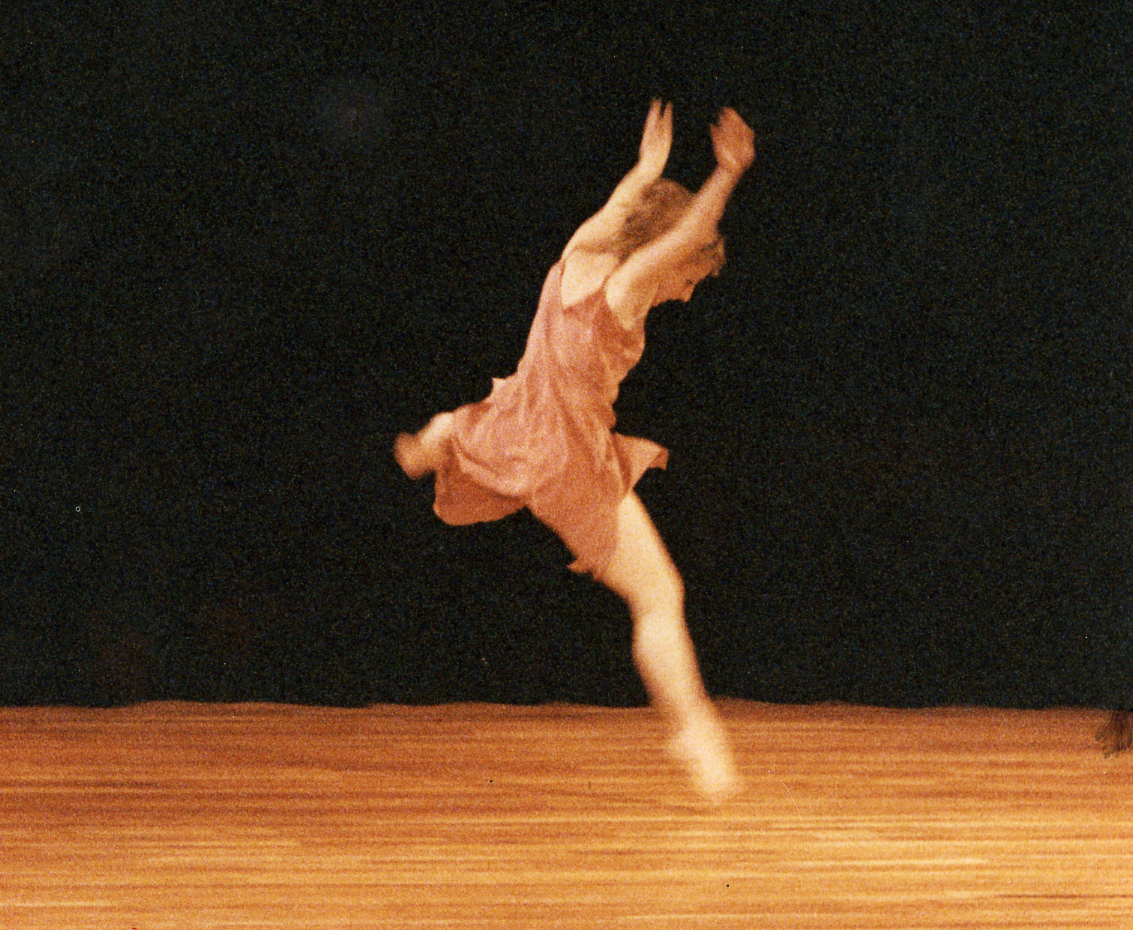
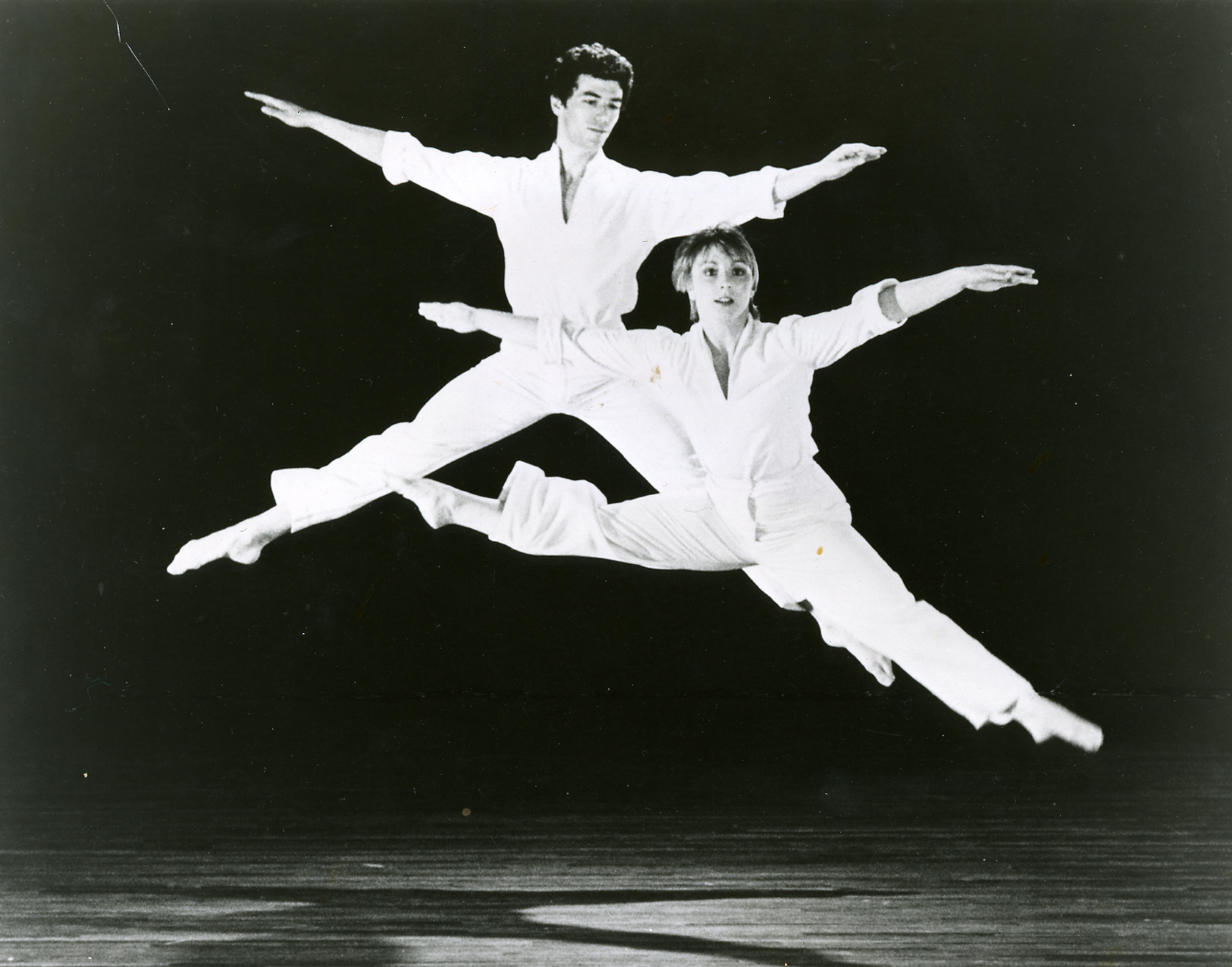
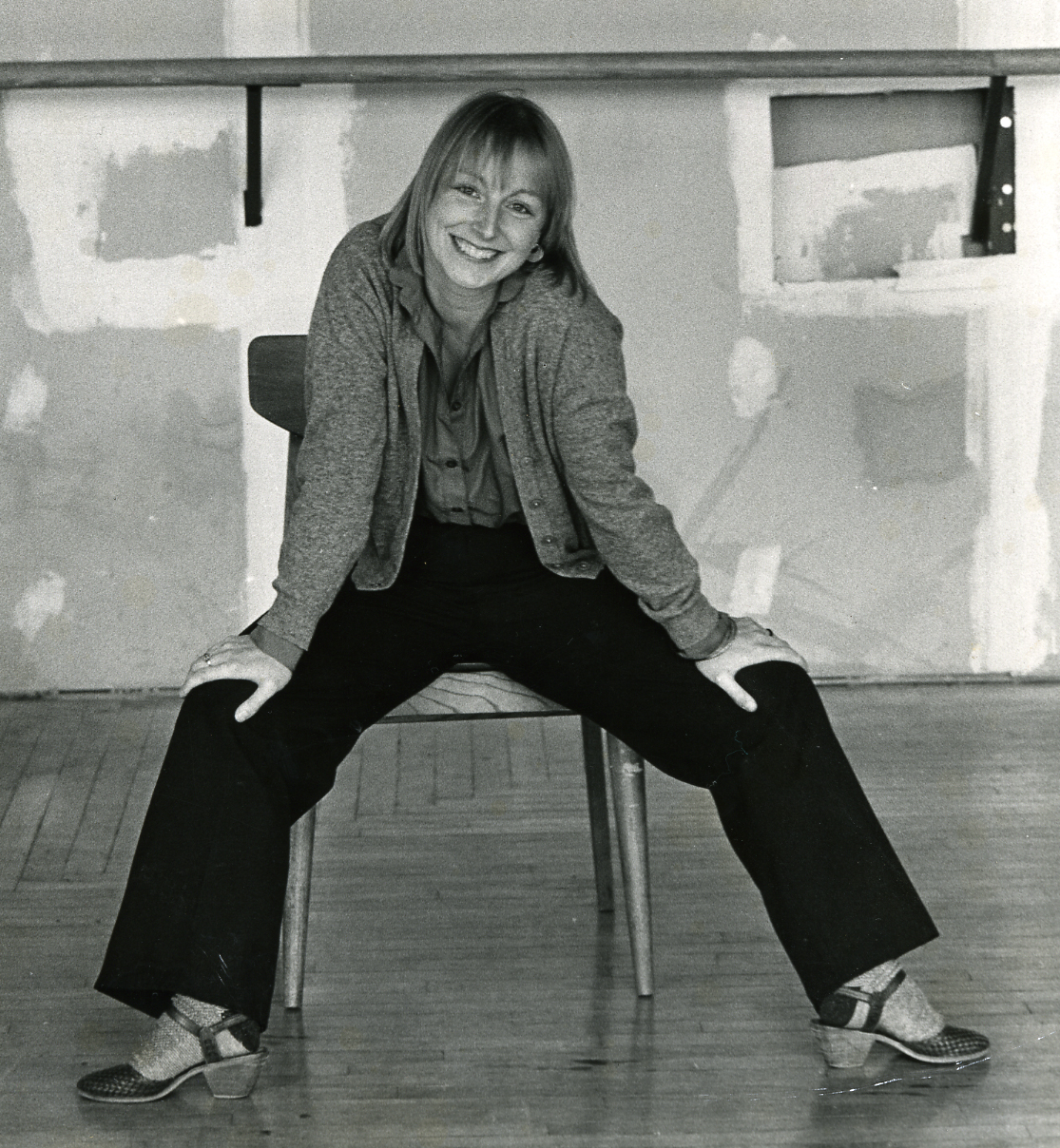
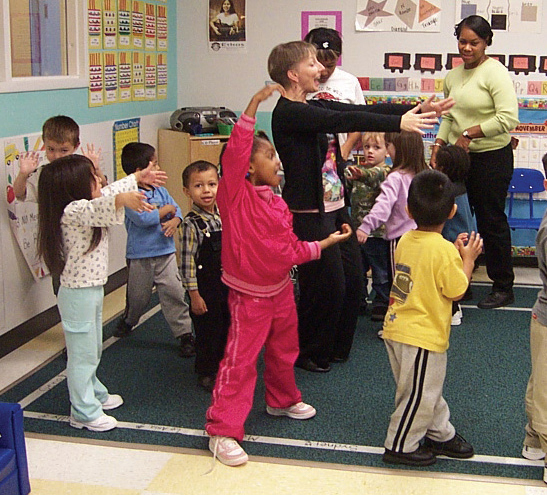
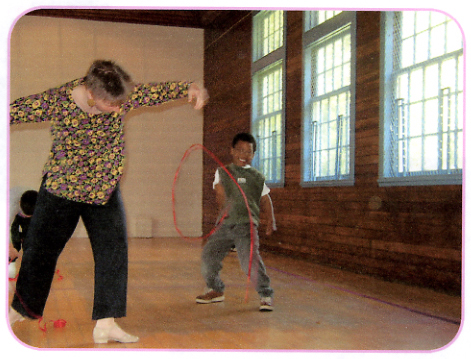
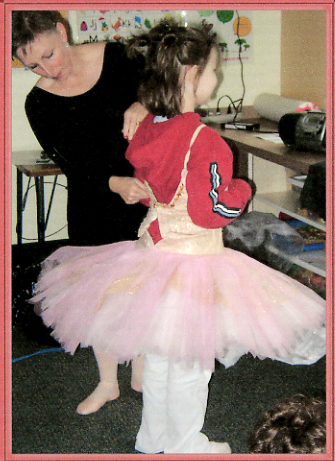
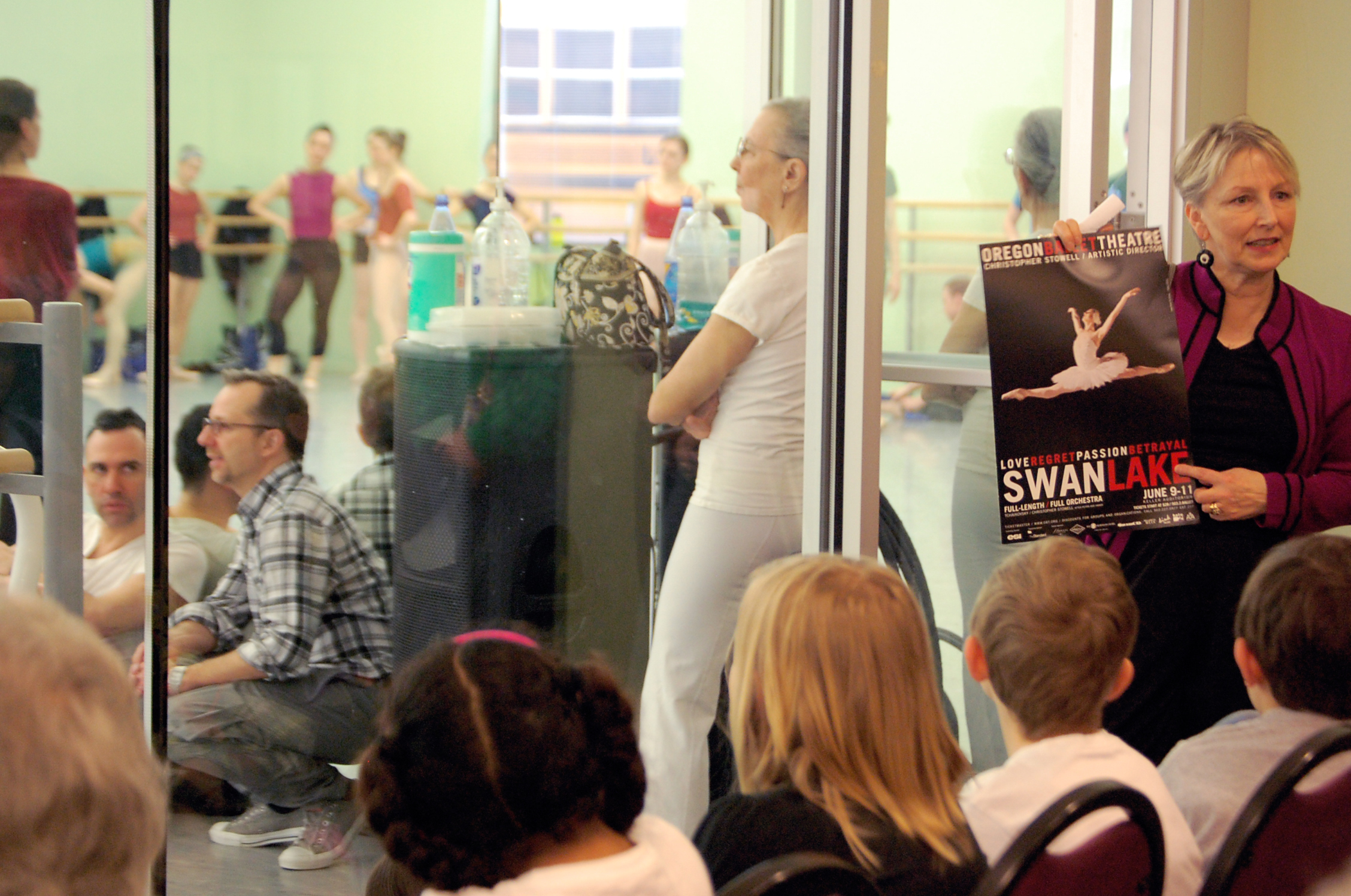
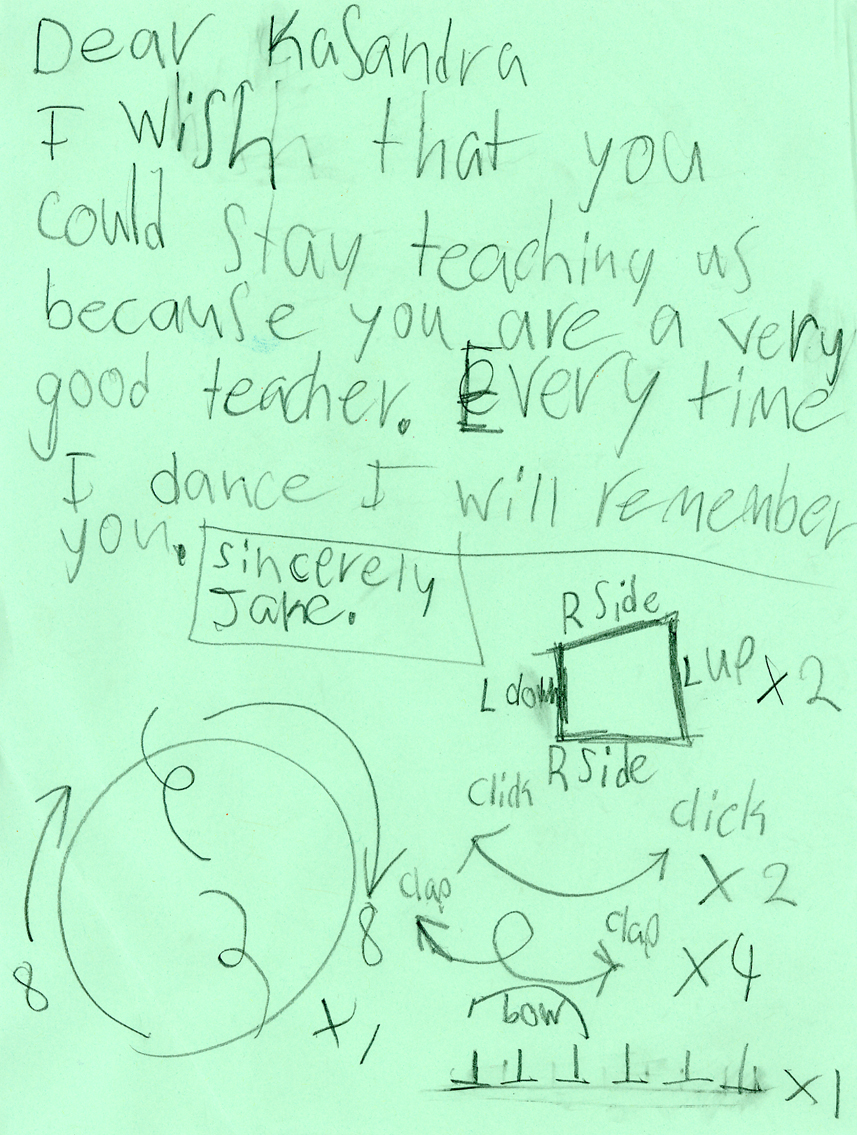
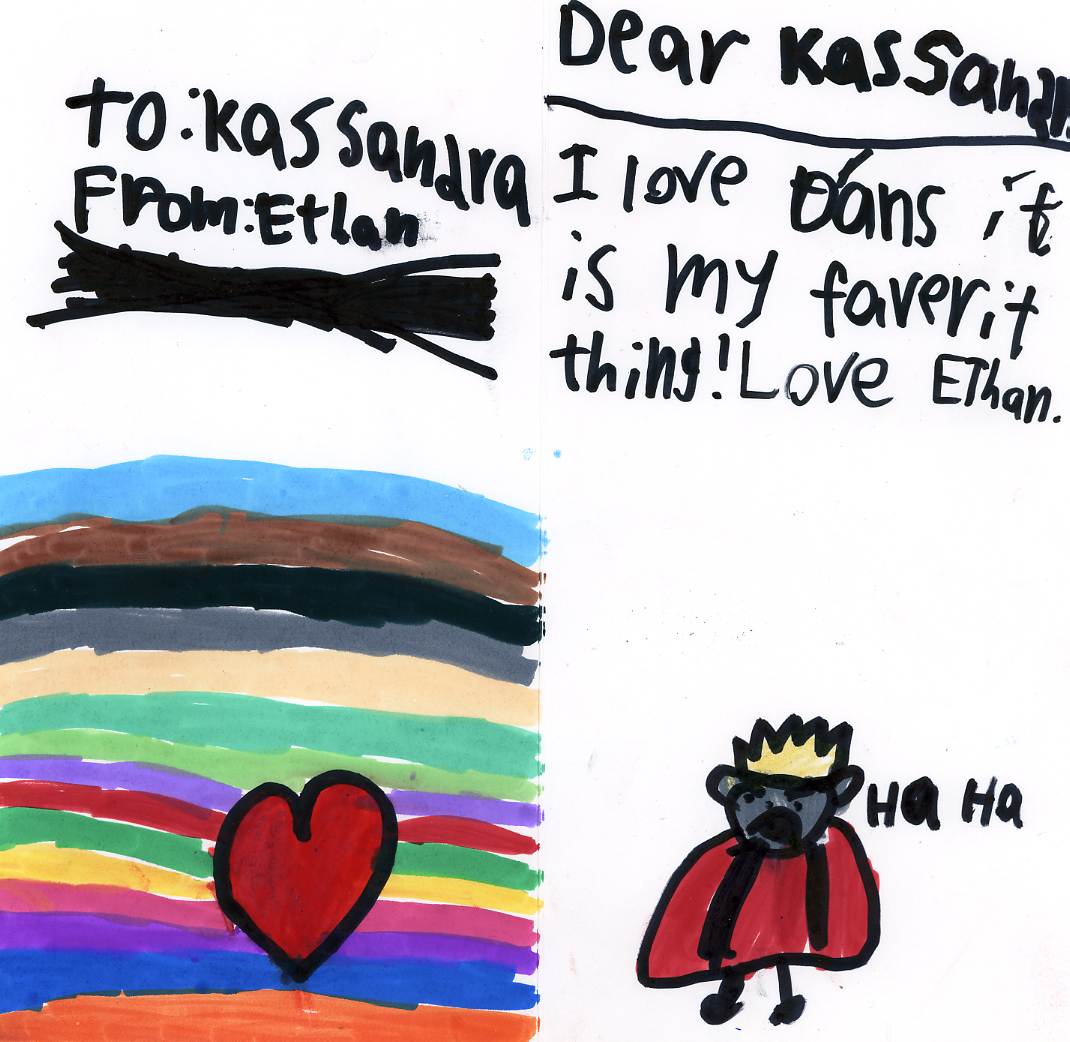
What a wonderful tribute to an amazing person, artist and teacher. Thank you so much for sharing the celebration of this wonderful milestone with the rest of us. I’ve had the pleasure of seeing Kasandra in action on numerous occasions. She has a way with students of all ages that is truly a gift. Her enthusiasm for teaching and for dance is infectious. Thank you Kasandra for all that you have done and will (undoubtedly) continue to do for dance, for OBT and our community.
Congratulations to Kasandra on 40 years of kind, thoughtful, fun, creative teaching! Thank you for all your incredible inspiration! You are a fabulous woman! Excellent article!
Kasandra, your teaching is truly magic. What a wonderful professional journey you’ve had. The Right Brain Initiative is so lucky to have you and the OBT teaching artists working with us.
What an amazing career she has had! Such a perfect embodiment of a truly lifelong passion.
Cheers~
Leigh
I am so privileged to be able to work with you, Kasandra. What a beautiful description of what it “feels like” when you’re really learning with students.
What a beautifully written article about Kasandra. The focus on the meaning Kasandra both ascribes to and receives from dance made this fascinating to me. Thanks for adding great photos, too.
This tribute to Kasandra has been a beautiful depiction of her success. I congratulate her on the celebration of her passion! She has been true to herself, her students and the art of dance. I am inspired by her career and life.
Beautiful. Beautiful expression of her history/journey but of its intent.